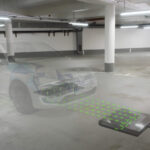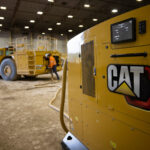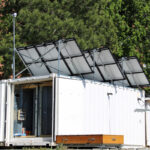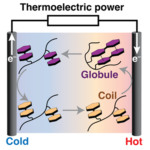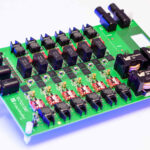
Somebody has placed a huge order for electric truck thermal management
- Posted26 April 2024
- VASA MembersVASA Members
Rheinmetall, known by most as a defence contractor and automotive component manufacturer, is making a name for itself for advancements in thermal management of electric and hydrogen powertrains. The German company recently secured a major deal with a global truck manufacturer worth millions of Euros for several hundred thousand of its hi-tech CWA 2000 electric … Continue reading Somebody has placed a huge order for electric truck thermal management


